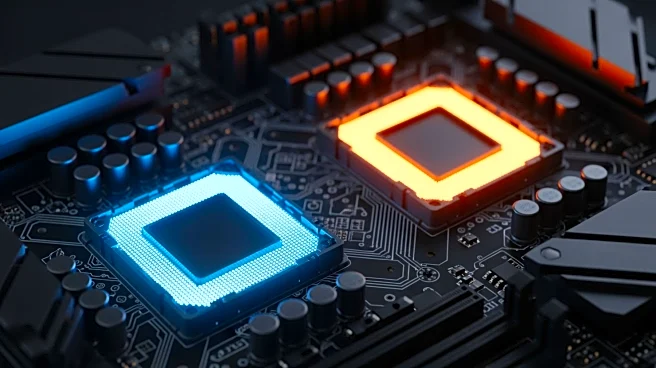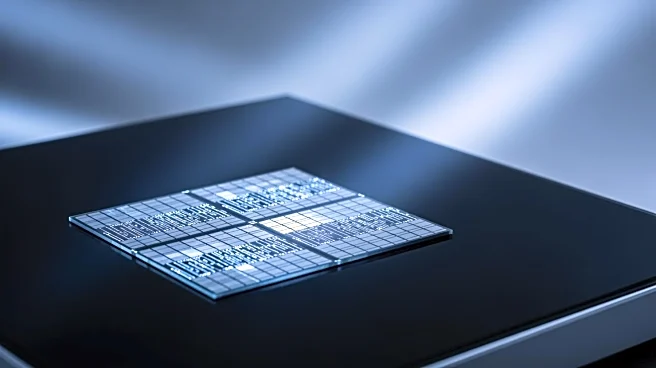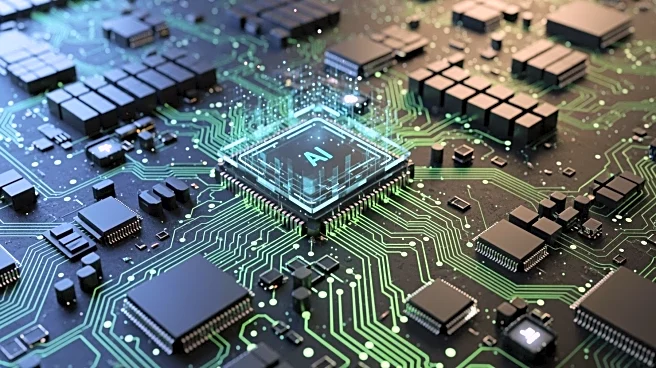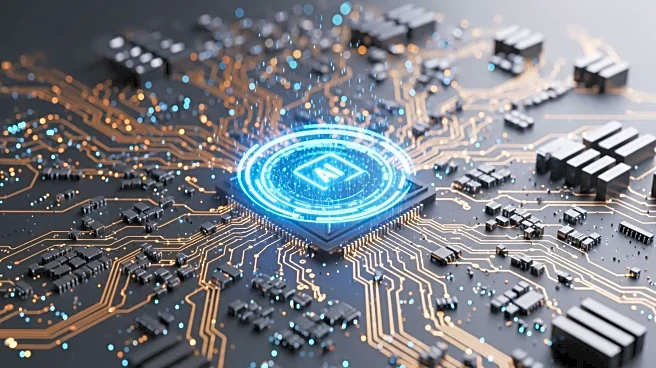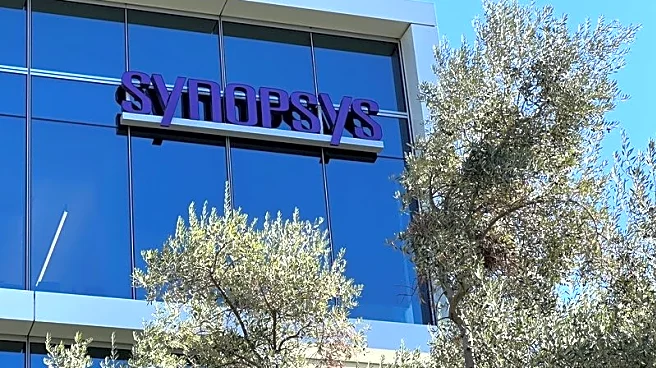What's Happening?
Intel's desktop CPU market share has decreased by 4.9% in the third quarter of 2025, despite the release of new Arrow Lake CPUs. These chips, including the Core Ultra 9 285K and Core Ultra 5 245K, have
been criticized for their performance compared to previous generations and AMD's offerings. However, Intel maintains a significant presence in the market due to existing OEM agreements with major manufacturers. AMD, while experiencing success in desktop CPUs, continues to lag behind Intel in mobile chip market share, which has decreased to 21.9% from 22.3% the previous year.
Why It's Important?
Intel's ability to retain a substantial market share despite criticism highlights the influence of OEM agreements and brand loyalty in the tech industry. The decline in market share reflects competitive pressures from AMD, which has been gaining ground with its desktop CPUs. This dynamic impacts consumer choices and industry trends, as manufacturers balance performance, cost, and existing partnerships. The ongoing competition between Intel and AMD shapes the landscape of CPU technology, influencing product development and market strategies.
What's Next?
Intel is likely to focus on strengthening its OEM relationships and improving its product offerings to counteract the decline in market share. As AMD continues to innovate and expand its presence, Intel may face increased pressure to enhance its CPUs' performance and value proposition. The competition could lead to advancements in CPU technology and shifts in market dynamics, with potential implications for pricing, consumer preferences, and industry standards.
Beyond the Headlines
The competition between Intel and AMD extends beyond market share, influencing broader technological and economic trends. The reliance on OEM agreements raises questions about market accessibility and the impact on smaller manufacturers. Additionally, the performance and adoption of CPUs affect sectors such as gaming, enterprise computing, and mobile technology, highlighting the interconnectedness of technological advancements and economic growth.
